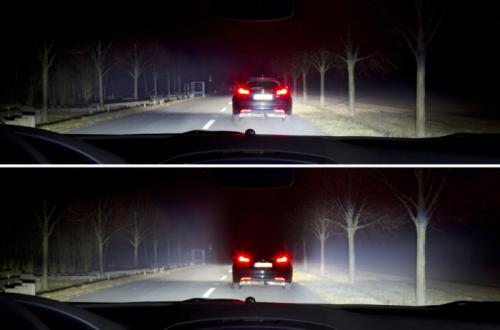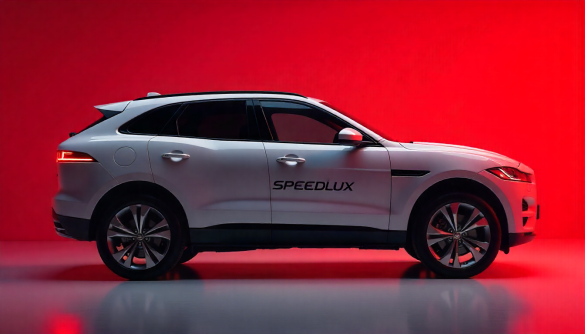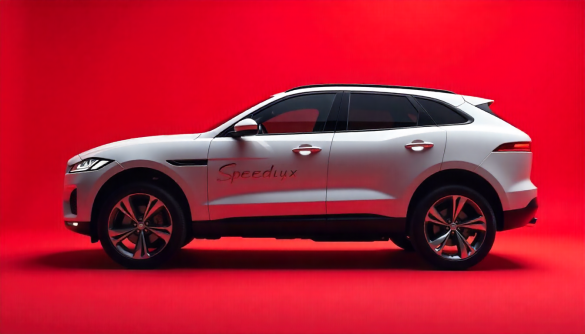The automaker Opel has officially made it clear to the public that the company is trying to work its magic on headlamps that will know where the driver is looking and then accordingly shine to that very direction. Needless to say, these adaptive headlamps will be a real deal closer if they come into life eventually. But then again, how does such technology work?
Well, referring to the explanation that comes from the mouth of the officials at Opel, this technology makes good use of a camera. This camera is also paired with central photo diodes and peripheral infrared sensors. This makes it possible to detect where the driver’s eyes are looking. Mind you, the detection is performed more than fifty times within a single second when the nighttime falls. This way, the actuators will know where and how to react, both with vertical and horizontal adjustments.
However, one question comes to mind when it comes to such a technology. What if the driver tends to look at many directions and not the road ahead? Well, in this case, Opel confirms that its engineers have been tasked with overcoming this very obstacle of humans’ unconscious and natural tendency to look at one focal point of sight and then another. So, the engineers will have to find an effective way of preventing the headlamp glare from erratically jerking around. Faced with such a challenge, the engineers have actually managed to program a sophisticated delay system whose algorithm will tell the headlamps whether to move their glare to other direction or not, resulting in a subtle flowing movement.
Ingolf Schneider, the Director of Lighting Technology at Opel, points out that the staffs at the company are working hard to pursue light intensity and direction control. In fact, he points out, they have been doing this for the last two years. He also goes as far as to claim that this particular technology is very beneficial and therefore, Opel is pushing this project, which seems to be a joint project, ahead of schedule.
In the meantime, the company is also commencing the final validation tests of its LED matrix headlamps. Coming within 18 months from now, these headlamps offer superior illumination level, thanks to the help of a camera with the ability to see if there is any oncoming vehicle and, if there is any, deactivate individual diodes so that other drivers from oncoming direction will not be blinded.







